- The Hardthöhe
- The Bendlerblock
- You are here: Former Ministers of Defence
- Germany’s former Chiefs of Defence
- The directives on the top-level structure

Former Ministers of Defence
The history of the Ministry of Defence and its ministers goes back to 7 June 1955. It highlights the successful build-up of a parliamentary army. In the past decades, the German armed forces have proved their worth in many civil operations, for instance during flood disasters and earthquakes, as well as in numerous military missions abroad.
An accomplishment of all the Ministers of Defence
The success of the Bundeswehr is also due to the accomplishments of the former Ministers of Defence. As early as the mid-1960s, the Bundeswehr was involved in humanitarian aid operations under Kai-Uwe von Hassel. Georg Leber is remembered as a "soldiers' father”. The kindness with which he treated the Bundeswehr's personnel, who held him in high esteem, earned him this moniker.
Gerhard Stoltenberg was in office at the time of German reunification and assumed the full command authority over the all-German armed forces on 3 October 1990. Under his successor, Volker Rühe, the Bundeswehr gradually became an army on operations. The armed forces gained their first experience of operations abroad by supporting the UNUnited Nations missions in Cambodia, Somalia and the Balkans.
New challenges
Under Rudolf Scharping, the Bundeswehr took part in the NATONorth Atlantic Treaty Organization air strikes on Serbia during the Kosovo conflict. After 9/11, he laid the foundation for Germany to contribute to the fight against international terrorism. His successor, Peter Struck, coined the much-quoted phrase that Germany is also defended at the Hindu Kush. In addition to that, Struck initiated the "transformation" of the Bundeswehr, arguably the most comprehensive reform in its history. Its primary aim was to prepare the German armed forces for conducting operations abroad. Karl-Theodor zu Guttenberg also paved the way for a radical reform: the suspension of compulsory military service on 1 July 2011. The work of Ursula von der Leyen as Minister of Defence stands for the Reversal of Personnel Trends, of Materiel Trends and of Budget Trends in order to modernise the Bundeswehr and thus to advance the Attractiveness Agenda. During von der Leyen´s term of office, the Bundeswehr began its fight against the so-called "Islamic State”. In addition, by creating the Cyber and Information Domain Service, a new military organisational section was established.
These are but a few examples. All the Ministers of Defence to date have contributed their share to the successful history of the Ministry of Defence since 1955.






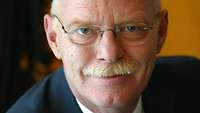

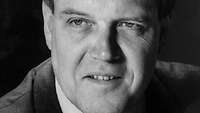
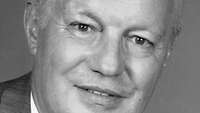


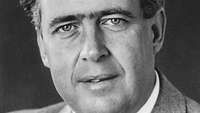
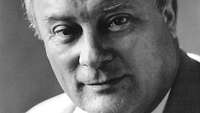
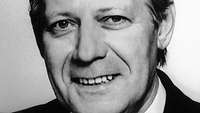
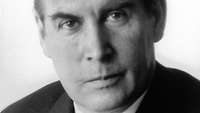
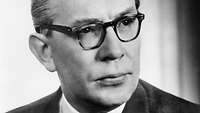

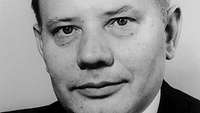
Share content on